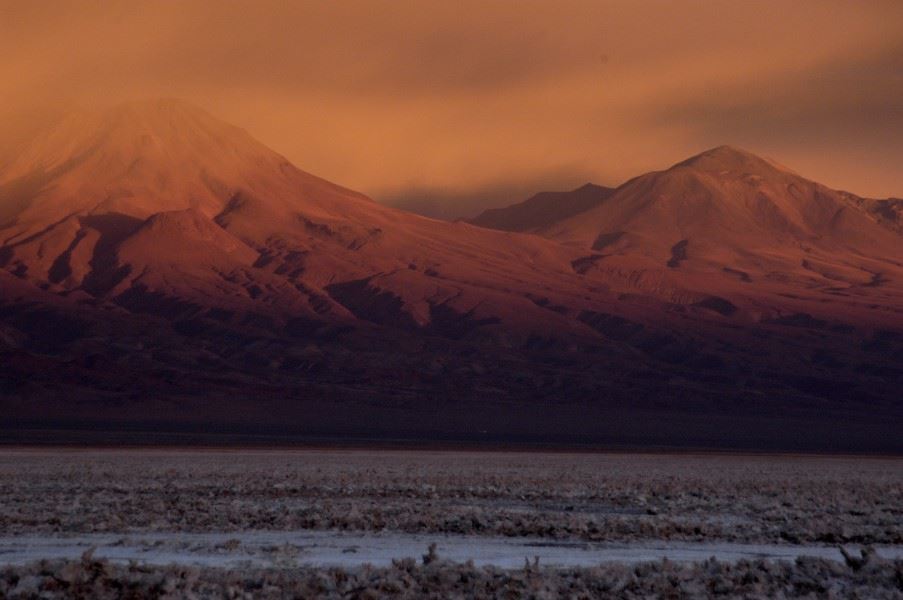The Atacama Desert is home to some of the clearest and darkest skies in the world. With over 80% of days offering cloudless skies and nothing to produce light pollution for many miles around, it’s no surprise that some of the world’s largest space laboratories have invested millions in building their most powerful telescopes here. And while the scientific community has long made the most of the unique natural characteristics of this remote region, in recent years it has also began to develop as an astrotourism destination, catering to anyone from enthusiastic amateur astronomers to those with a simple curiosity about the sky at night. It’s perhaps apt that an area with celestial links (the Valle de la Luna, or Moon Valley is named for its otherwordly appearance, and even has a ‘dark side’), is one of the world’s top places from which to explore the heavens.
Visitors to the Atacama Desert can decide just how serious they want to be in their exploration of the night sky. On one level, small group tours are taken to the Elqui Valley, where visitors can learn about the basics of astronomy over blankets, warm soup and hot bread (desert nights do get quite chilly), before getting their chance to enjoy the night sky through scientific telescopes. Other private tours have a distinct educational element, with slideshows and tips on identification of the different stars and planets.
For those wanting to experience the biggest, most powerful telescopes, there is a visitor facility at ALMA, the Atacama Large Millimeter/submillimeter Array. The ALMA observatory has developed the capability of seeing stars billions of light years away; you’re effectively looking at objects as they were at a time not that long after the birth of the universe. The main telescopes (or antennae to be precise) are at 5,000 metres above sea level, but thankfully visitors don’t need to reach those oxygen-sapping altitudes to enjoy the views. Instead the visitor facility is at a more comfortable 2,900 metres. As well as a purpose-built visitor centre, guests are able to see the control room and laboratories in action. While most of us consider stargazing a nighttime activity thanks to our familiarity with optical telescopes, here the mechanics of radio telescopes mean that darkness is not an issue; as a result tours usually take place in the bright morning sun. ALMA arrange transport for guests between the nearby town of San Pedro de Atacama and the visitor centre, and guests are not allowed to make their own way up to the centre.
To make life easier for holidays to faraway Chile, British Airways operates a non-stop flight between London Heathrow and Santiago, the country’s colourful capital. At 14 hours and 40 minutes, this is BA’s longest route, but despite what is a long stretch on one place, it will significantly cut down the overall travel time involved in getting to Chile.
Sunvil can arrange tailor-made itineraries to northern Chile, including stargazing tours. There’s also a 5-night Stargazing in Chile itinerary.


